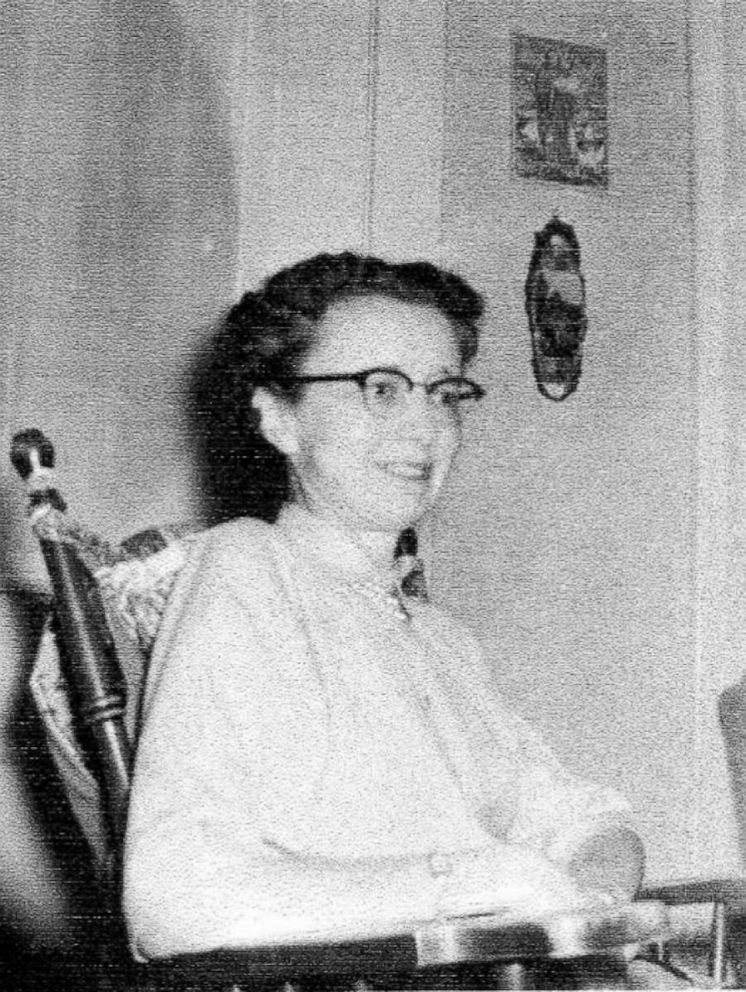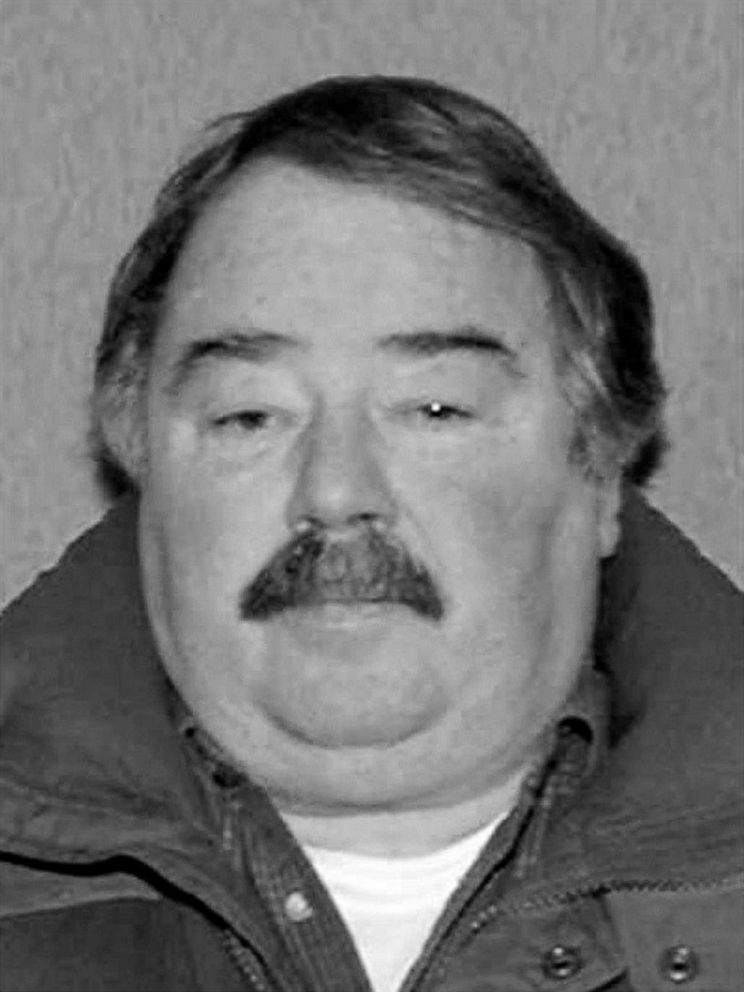Suspect in 1968 sex assault, murder identified through genetic genealogy: Police
Gwen Miller was found strangled and sexually assaulted in her bed in 1968.
More than 50 years after a South Dakota woman was found murdered in her bed, her suspected killer has now been identified -- thanks to the emerging investigative tool known as genetic genealogy.
But Gwen Miller's suspected killer, Eugene Field, was never arrested or charged -- he died 10 years ago, Rapid City police officials announced this week.
On Feb. 29, 1968, Miller, a 60-year-old hospital pharmacist in Rapid City, failed to show up for work, police said. Concerned coworkers went to her home and found Miller body -- strangled and sexually assaulted -- in her bed, said retired Rapid City police detective Wayne Keefe.

Male neighbors and coworkers were all considered suspects, Keefe said at a news conference on Monday. But the case turned cold.
Fifty years later, in 2018, Keefe learned of a promising new tool -- forensic genealogy.
Investigators analyzed genetic markers on the Y-chromosome, a type of DNA that only men carry and pass exclusively to their sons. Because last names are typically inherited in the same way, a match to a Y-DNA profile can sometimes reveal the individual's last name.
By analyzing evidence from the Gwen Miller crime scene, investigators were able to create a Y-DNA profile of the suspect, police officials said.
That profile was submitted to a genealogist who used a genealogy database of Y-DNA profiles to search for matches. The genealogist found several matches to men with the last name Field.
Keefe then searched for men with the last name Field who were living in Rapid City in 1968 -- and he "discovered several connections between" Eugene Field and Miller, officials said.

Miller flew out of the Rapid City Regional Airport often; Field was a ticketing agent there, Keefe said.
In 1963, Field rented a room from Miller's next door neighbors for several months, Keefe said.
Keefe said he interviewed Field's brother -- who voluntarily provided a DNA sample. The "Y chromosome from the brother's sample was an exact match to the Y chromosome" from the crime scene DNA, Keefe said, adding that Field's brother and Field's father were both ruled out through DNA as suspects.
There was probable cause to arrest Field for first-degree murder, Keefe said, but he died exactly 10 years ago today, on June 18, 2009, from a cancerous tumor.
ABC News was not immediately able to make contact with Field's survivors Tuesday, and police declined to provide contact information, saying they spoke to family members and that they are not interested in speaking to the press.
Miller's niece, Kay Miller-Temple, spoke directly to her slain aunt at Monday's news conference.
"We think of you often and always talk of you when the family gathers," Miller-Temple said. "In recent years we learned that your Rapid City work colleagues thought of you as quiet and friendly and knew you as a respected member of their healthcare community. We learned you have remained in their thoughts, also."
Miller-Temple praised the non-stop efforts of law enforcement on the cold case.
With a suspect finally identified, she said, "We've learned not about the why, but the who, and that'll be enough for us."



